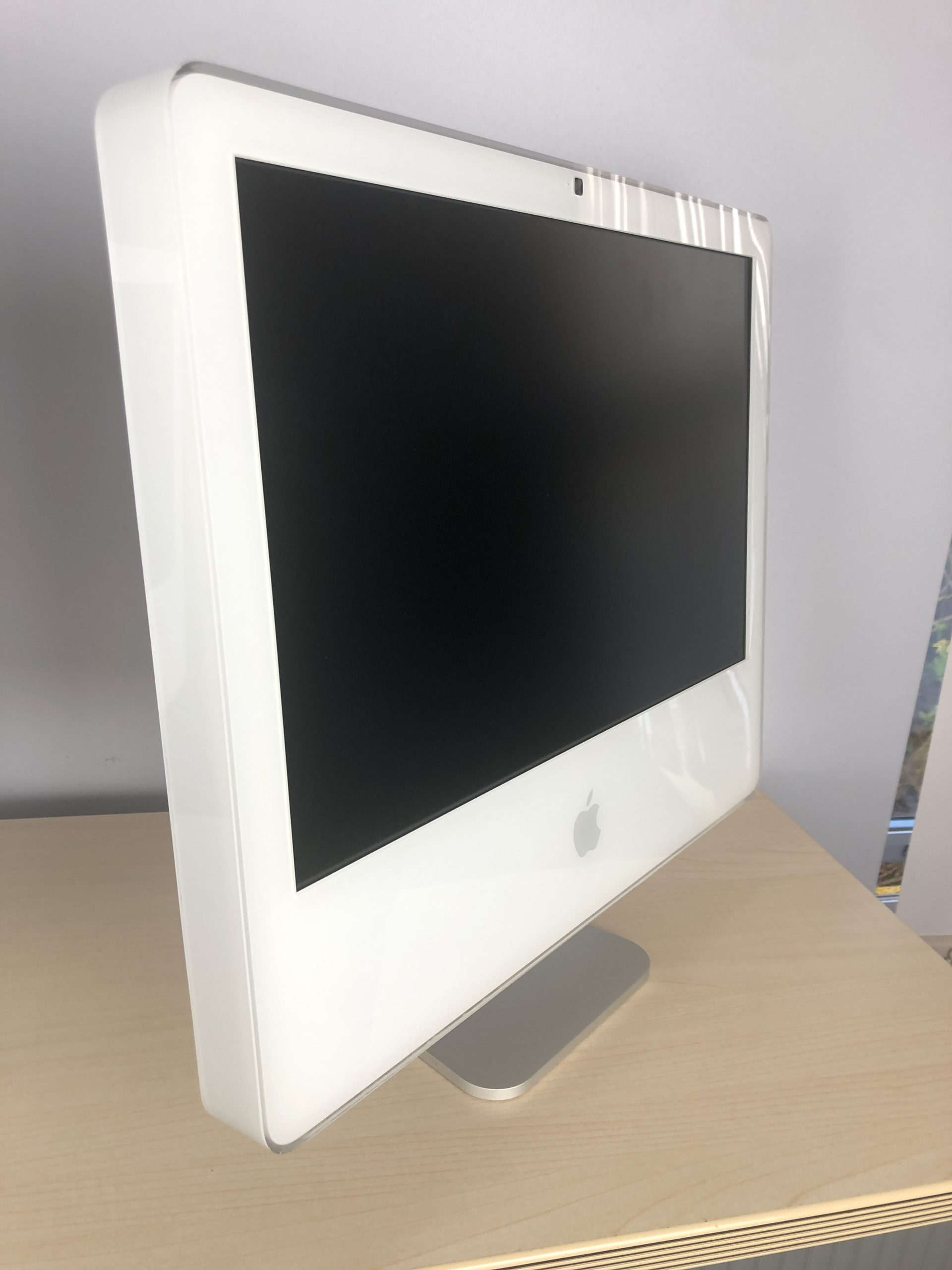Troubleshooting a Non-Booting Laptop with Missing Partitions
Recently, I came across a situation involving a laptop that had been brought in for assistance by a concerned owner. He claimed that his laptop would not turn on; however, upon inspection, it turned on but failed to boot into Windows. This raised the question—what was happening with the device?
To investigate further, I booted from an Ubuntu LiveCD/USB to analyze the disk. The good news was that the disk itself passed the self-tests with flying colors, indicating that it was in good condition. The bad news, however, was shocking: all partitions appeared to be missing.
This peculiar scenario led me to wonder if some sort of software might have inadvertently deleted the partitions. The owner seemed quite inexperienced with technology, raising doubts about whether he could have made such a mistake.
Seeking Solutions for Partition Recovery
My first step was to duplicate the drive onto another SSD using the dd command. I did this to ensure the original data remained untouched while exploring recovery options. Now, I’m reaching out for advice on how to potentially restore the lost partition table. Unfortunately, I’m currently lacking access to any bootable Windows machines, which limits my ability to utilize several recovery tools I found online that seem to be Windows-centric or not compatible with NTFS disks.
Here are my two primary concerns:
1. How can I recover the missing partitions? I would greatly appreciate any suggestions for reasonable utilities or methods that can operate from a Linux environment to tackle this issue.
- What could have caused this anomaly? Despite the drive showing no signs of input/output errors, I wonder whether the laptop’s motherboard is malfunctioning—though this seems unlikely. Could the NVMe drive itself be failing in a subtle manner? Understanding the root cause will help assess if it’s worth replacing the drive after attempting data recovery or if it’s time to retire the laptop for recycling. I’ve encountered various drive failures, but this case is uniquely perplexing.
I look forward to any insights you might have to share as we navigate this intricate problem together. Your expertise could make a difference in resolving this unexpected challenge!
Share this content:




Hi,
Recovering missing partitions from an NVMe drive using a Linux environment is definitely feasible with the right tools. Here are some recommended steps and utilities you can utilize:
sudo apt-get install testdisk) and run it to analyze your disk:Then, follow the onscreen prompts to scan for and restore lost partitions.
smartmontools(sudo apt-get install smartmontools) and runsudo smartctl -a /dev/nvme0